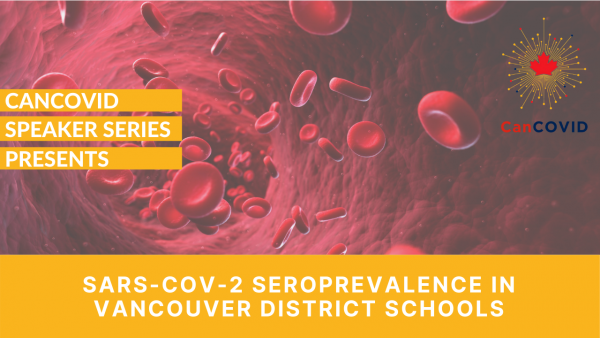School Transmission and Environments in Canada
Question: After three months of school opening, what data do we have in Canada on rates of infection among students and staff, on evidence for school transmission, and what do we know about the environment in schools that experienced outbreaks?
Summary of Included Resources
Our rapid search uncovered six rapid reviews, of which two are ‘living’ (regularly updated) reviews, three Canadian federal and provincial guidance documents, and one modeling study from Quebec. Also included are international guidance documents, reviews, epidemiological reports, and a cohort study. The quality of the evidence as presented by these reviews is relatively low. The comprehensiveness of this summary may be limited given the rapid timeline for our search and summary of documents retrieved.
What do we know?
Transmission among students and staff
While science gaps remain, current data suggests that the risk of transmission among children and from children to adults in schools and daycare settings is likely to be relatively low and the rate of transmission is variable if standard infection control measures are followed. Emerging evidence suggests a lower overall rate of students infected with COVID‑19 at school compared to school staff. Children over the age of 10 may be as likely as adults to transmit the virus but those under the age of 10 may be less likely. Some reports suggest that the source/setting of infection in children is more likely to be at home through household contacts and due to exposure during travel.
Environment in schools
School transmission rates seem to be influenced by the level of community transmission. Common environmental structural measures to controlling transmission include dividing up school playgroups and improving air circulation. Testing may be effective in controlling infections in schools in Ontario if done frequently, if results are reported quickly, and if followed by prompt self-isolation at home.
What are the notable gaps?
There is currently no high-level evidence (systematic reviews, rapid reviews, meta-analyses) that focuses specifically on Canadian schools and environments only. Rather, most of the studies reported here draw upon data from Canada and other countries, rendering it difficult to draw insight related to transmissions and environments specific to Canadian school settings. There is also limited high quality evidence comparing and quantifying COVID‑19 transmission in schools verses in the community. As such new research may focus on:
- investigating how various public health measures affect school transmission rates; and
- cohort studies that compare COVID‑19 transmission and test-positivity rate in students and staff in different school contexts and locations.
What is on the horizon? What are the studies that are underway to address these gaps?
Canadian studies in progress
- Two CIHR-funded cohort studies by Dr. Byron Berenger (University of Calgary) and Dr. Catherine Birke (Unity Health Toronto) to understand COVID‑19 transmission among children; and
- One living systematic review by Dr. Sarah Neil-Sztramko (McMaster University) on the likelihood of COVID‑19 transmission among children and adults in schools/daycares, and infection control policies implemented in schools following the re-opening.
Studies in progress in other countries
There are six reviews being conducted by non-Canadian researchers from the United States of America, England, Italy, Germany, and Pakistan exploring aspects of the environment in schools, effects of school closures on infection rates, and school transmission rates.





